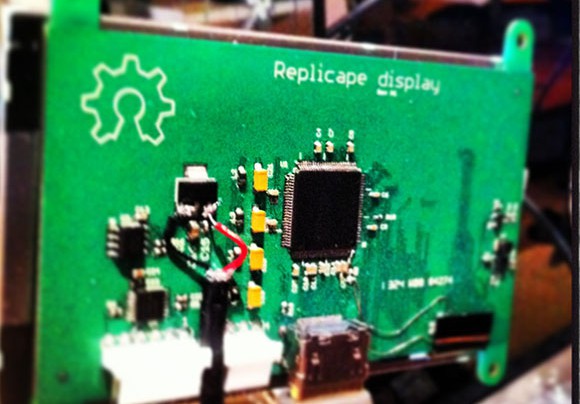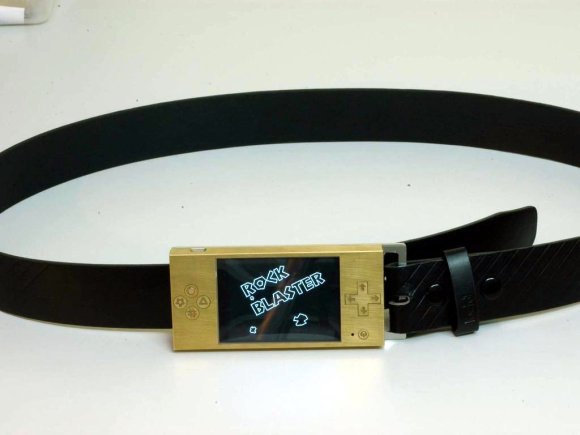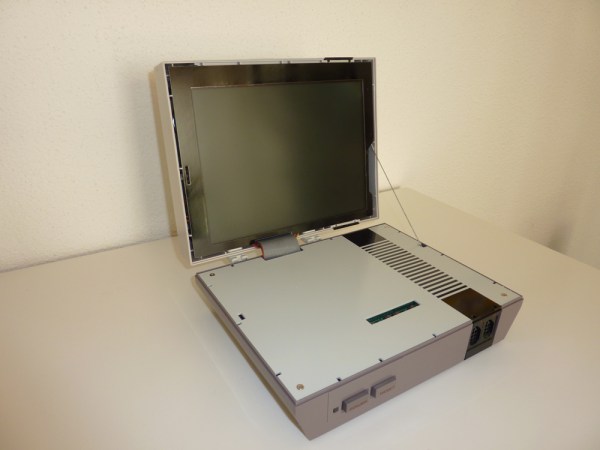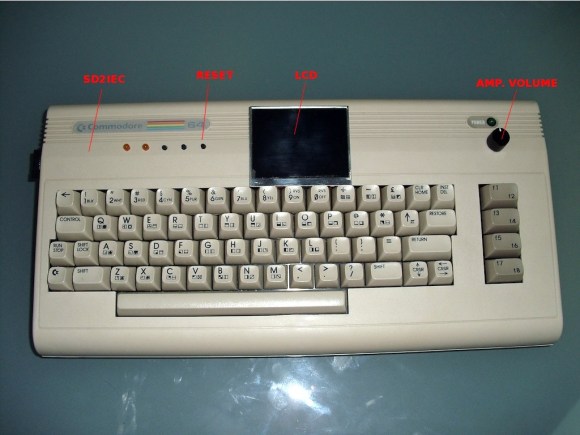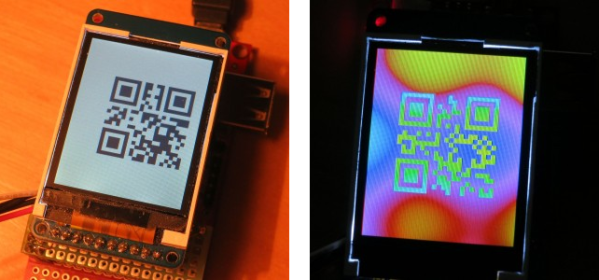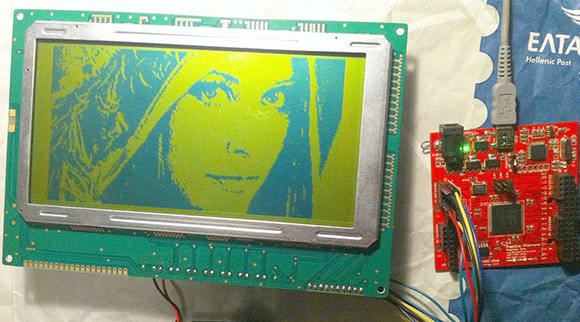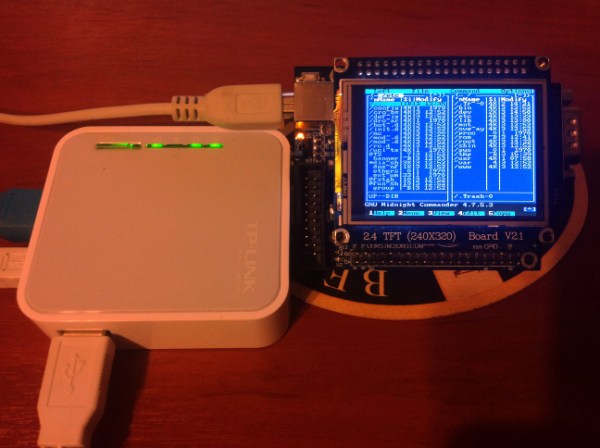With dozens of pocket-sized ARM boards with HDMI popping up, we’re surprised we haven’t seen this before. [Elias] made a custom driver board that takes an HDMI input and displays it on a very tiny, high-resolution display from a cell phone.
The display used is the same as what comes stock in the HTC desire HD. With a resolution of 800×480, it’s more than enough for a basic desktop, and while it’s not a 1080p monster from a few flagship phones, it’s more than enough for most uses.
[Elias]’ board consists of a Himax display driver and a TI DVI receiver. Included on the board is an MSP430 microcontroller used for initializing the driver and display. This build was originally intended for the Replicape, a 3D printer driver board for the Beaglebone, but because the only connections to this board are HDMI and an SPI to the ‘430, this also works with the Raspberry Pi.

